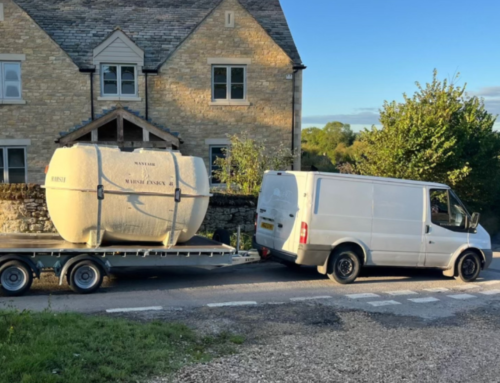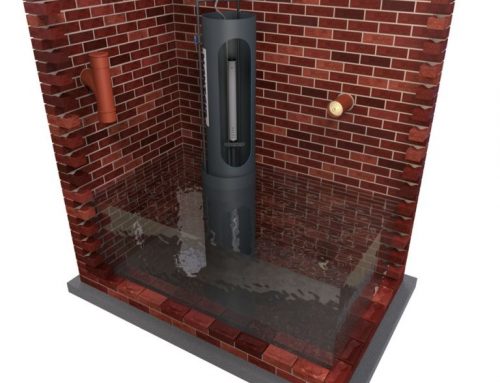Septic tank upgrade or replacement
With the introduction of the Environment Agency’s General Binding Rules, owners of septic tanks that discharge into a surface water such as a ditch, stream or river were required to take action to ensure compliance with the septic tank regulations. However, the question for many homeowners is whether to upgrade the existing septic tank, or completely replace the tank with a packaged sewage treatment plant.
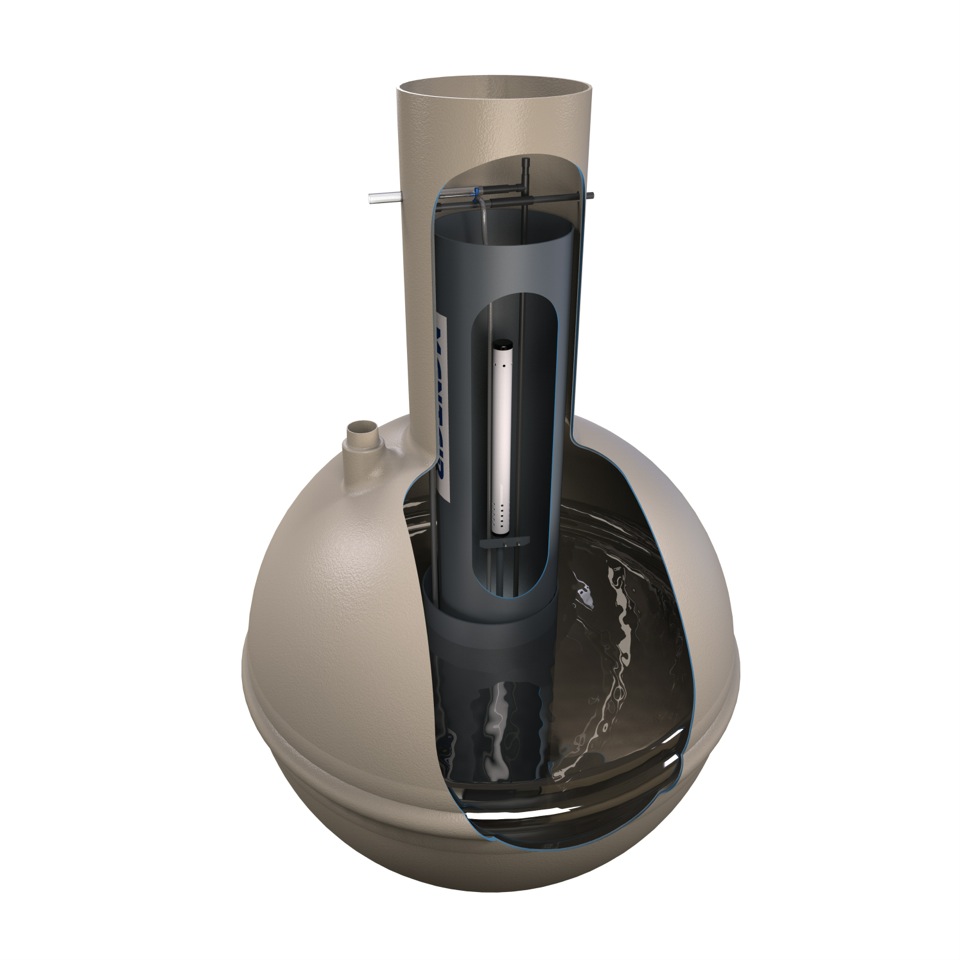

Upgrading your Septic Tank
Many homeowners who have a septic tank are unaware that it’s not necessary for them to completely replace their existing septic tank to comply with the new septic tank rules as the majority of tanks can be upgraded into a sewage treatment system by installing a Mantair septic tank conversion unit. Once installed, the Mantair unit ‘converts’ the existing tank into a small sewage treatment system using an aerobic process known as ‘activated sludge’.
Although each Mantair conversion unit uses the same treatment process, each unit is ‘custom built’ to fit through the existing tank manhole opening and tank dimensions. The Mantair unit incorporates a small, quiet air blower that provides the ‘air’ that’s required for the aerobic treatment process; this being the only component that’s installed remote from the septic tank itself.
Unlike all other sewage treatment plants, the Mantair unit does not require the installation of any new tanks, which has drastic cost savings for homeowners when compared to the installation of other sewage treatment plants. This also results in minimal disturbance for established gardens during the installation process.
The Environment Agency recognises the Mantair conversion unit as a sewage treatment system and authorises its use under Permit Certification, allowing the treated effluent from the system to be discharged directly into natural watercourses. For each installation its necessary for a Permit to be obtained, and once issued, the installation complies with the Environment Agency’s requirements. Do not be fooled by false information on the internet regarding septic tank conversion units.
Replacing your Septic Tank
In situations where the existing septic tank cannot be upgraded by installing a Mantair conversion unit, it would most likely be necessary to install a complete packaged sewage treatment plant. These systems are self-contained treatment tanks working independently to receive, treat and discharge effluent to a point of discharge, whether it be to a watercourse or underground drainage field.
There are several packaged sewage treatment plants available in the UK, with the majority of these being a ‘single tank’ system, which is installed below ground. The best sewage treatment plant for each application will depend entirely on the site conditions, customer preferences and quality of effluent required. There are several manufacturers who claim their packaged sewage treatment plant is the best, but this is not true as no two sites are the same. For example, some applications will require the new packaged plant to be installed within a lawn whereas others will require installations within a driveway. Some sites will enable the discharge to gravitate to a ditch whereas others will need the discharge to be pumped, requiring a packaged plant with an integral pumped outlet.
It is also important to consider the visual impact on a garden and potential sound nuisance that might be produced from a new packaged sewage treatment plant. Various packaged plants only have a single manhole cover left at ground level after installation, however some have access shafts that protrude above ground whilst others have large fibreglass covers that can be up to 4ft in diameter left at ground level after installation. Packaged plants that use a remote air blower are normally very quiet, but the type of air blower used will ultimately determine the decibel levels produced. In some instances, Mantair technicians will replace a ‘standard’ air blower with a ‘MEDO’ blower; these being blowers that are extremely quiet in operation and very reliable.
There are some packaged sewage treatment plants that do not require any electricity, and these do not produce any noise whatsoever and have a very low carbon footprint. However, due to the treatment process within these tanks, the outlet pipework will often be 6ft deep, which will require the receiving watercourse to be very deep or the site to be at a substantially higher level than the receiving watercourse. Otherwise, it would be necessary to install a pumping station to ‘lift’ the discharge, which somewhat defeats the purpose of a ‘non-electric’ packaged sewage treatment plant.
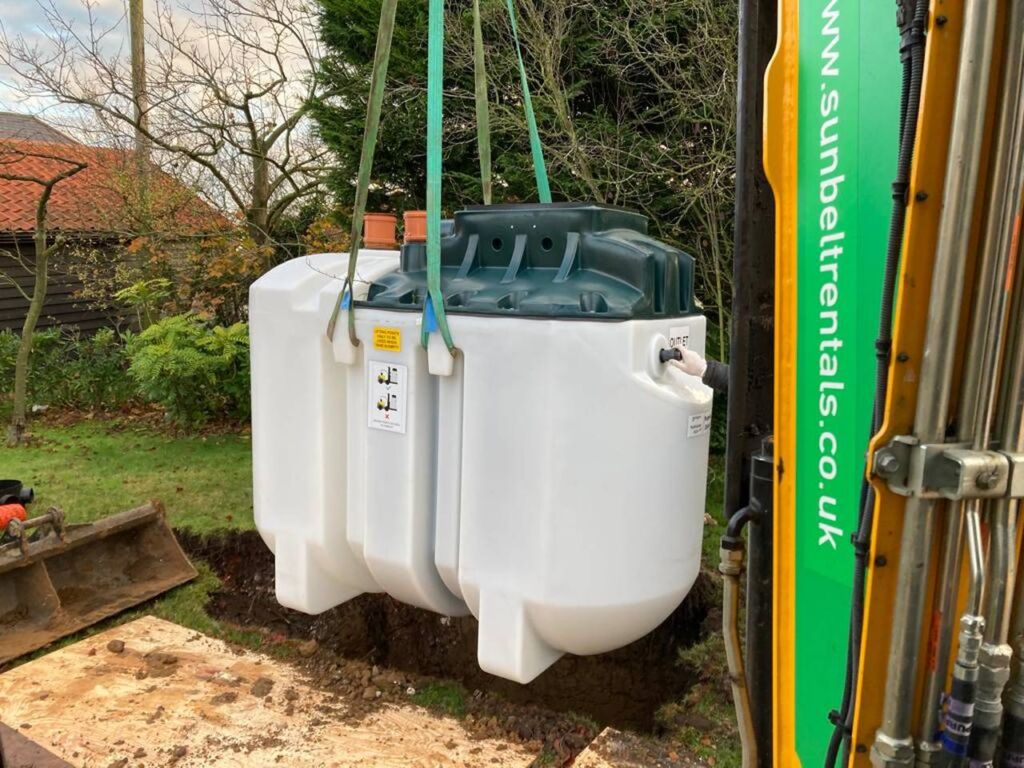

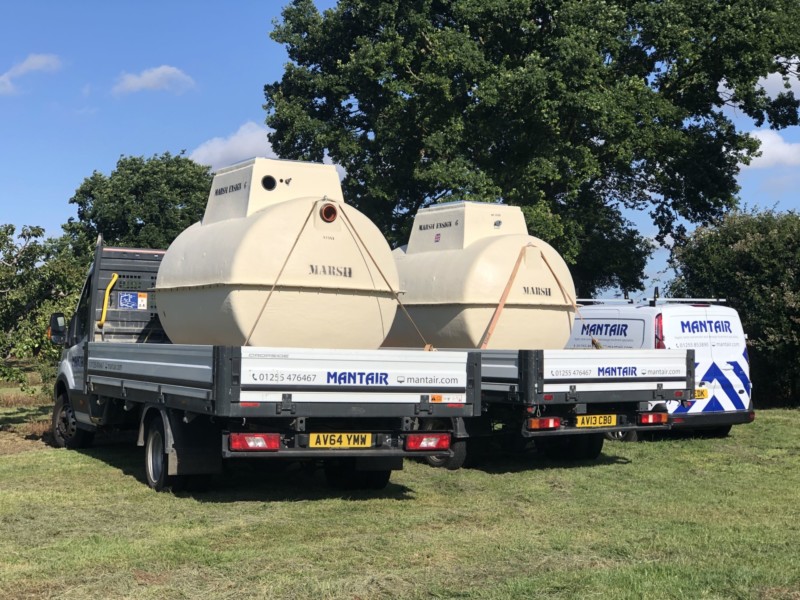

If you are in a position where you need to consider upgrading, converting or replacing an existing septic tank, we would be pleased to give you independent advice.
For further assistance and advice, contact us on 01255 853890 | enquiries@mantair.com – or by filling out the form on our contact us page.

